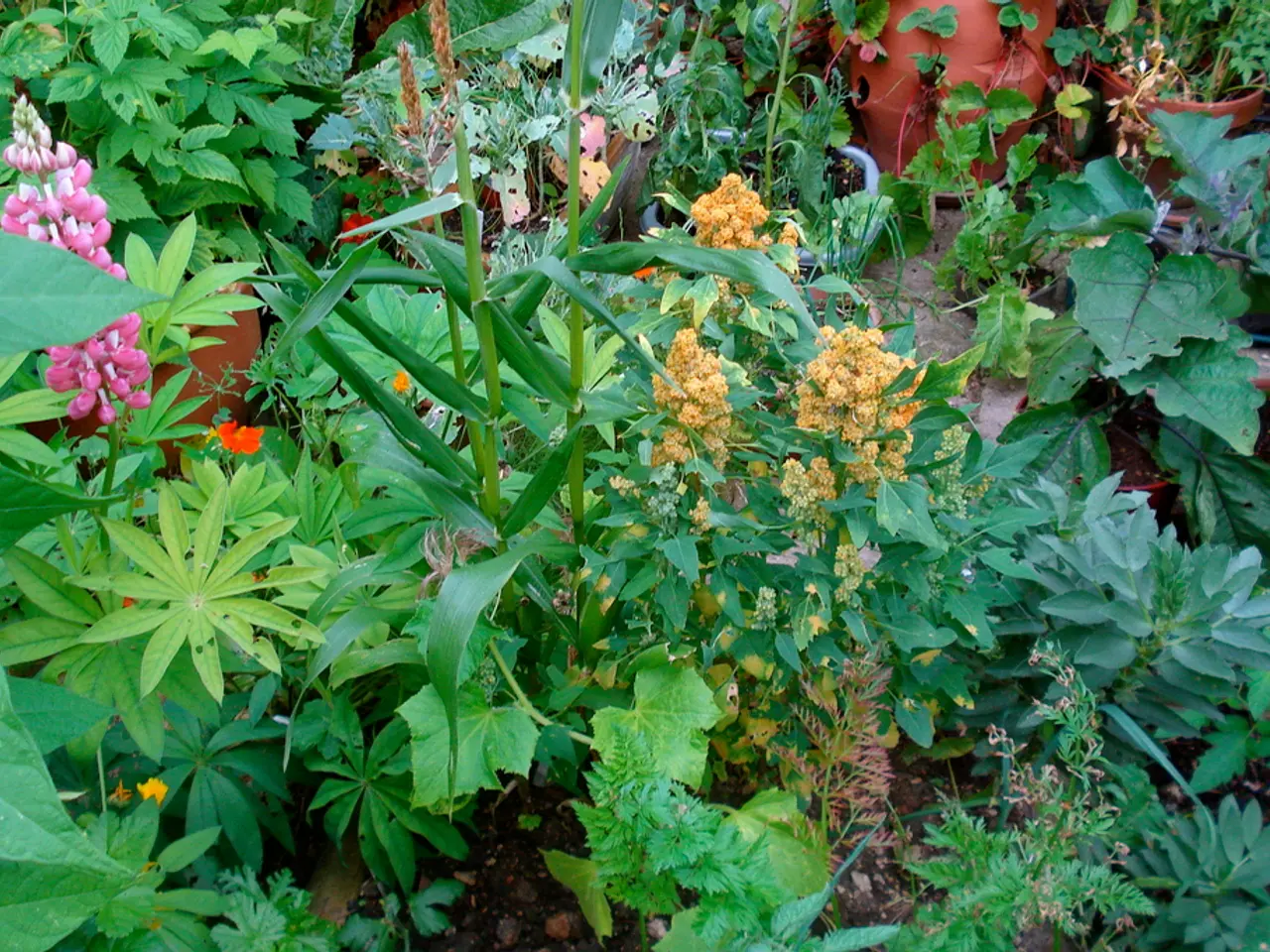Dividing Perennials During Spring: A Step-by-Step Guide
Laura Walters, a seasoned Content Editor with a rich background in documentary filmmaking, local news, and Electronic Media, joined our platform in 2021. With a BFA from the University of Cincinnati, she brings a wealth of knowledge and creativity to our team.
In her spare time, Laura shares her passion for gardening, offering gardening knowledge in an easy and entertaining format. She has a rustic vegetable patch on a piece of land up north and spends her summers on a lake in Northern Michigan.
Today, we're focusing on Laura's expert advice on dividing perennials, a crucial gardening practice for maintaining a healthy and thriving garden.
Perennials are plants that live for more than two years. Some popular perennials include Rudbeckia, Hostas, and Salvia. Dividing perennials is recommended before they start to suffer or appear diseased due to overcrowding. Overcrowded plants may suffer from competition for nutrients and water and lack of airflow.
Rudbeckia, a perennial that blooms in late summer, sends out surface roots to form new plants. To divide Rudbeckia, dig around the dripline of the plant and cut through the runner that connects the new clump from the main plant.
Hostas are easy to divide because they grow in clumps and new clumps grow off the main plant after only a few years. To divide Hostas, dig around the dripline of the plant, keeping as many roots intact as possible to ensure a smooth transition.
Salvia is another easy-care perennial that can be divided in spring. To divide Salvia, dig around the plant, shake loose any excess soil, and use a spade or hands to untangle roots.
When dividing perennials, it's advisable to water plants well the day before to ensure they are hydrated. It's also recommended to prepare the hole for transplants before starting the division process to minimize the time plants spend out of the ground.
Timing is crucial when dividing perennials. Spring is the optimal time to divide perennials that bloom in late summer or fall, while fall is the ideal time for perennials that bloom in spring. If plants are in bloom, it's best to wait until they have finished blooming before dividing them.
For the best results, divide plants on an overcast or cloudy day to ease their transition. Never dig up and move plants when the sun is beating down on them.
Laura's gardening tips are not only practical but also easy to follow, making them accessible to gardeners of all levels. Her love for gardening and sharing knowledge shines through in her work, making her an invaluable addition to our team.




